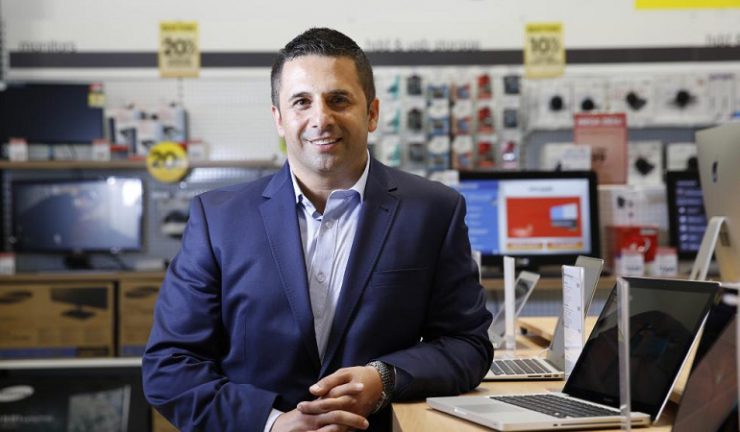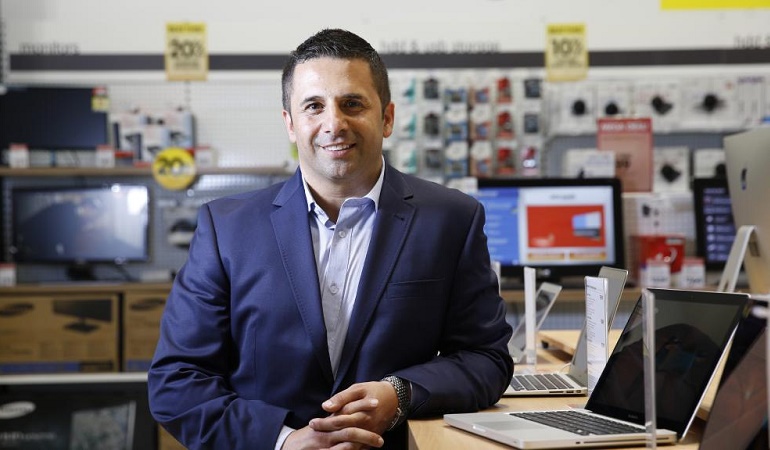From the courtroom…
But not priority.
Former Dick Smith CEO, Nick Abboud faced the NSW Supreme Court on Thursday, admitting that rebates was a key focus for the retailer.
Under examination, Ferrier Hodgson made reference to a committee meeting held in August 2014, which disclosed that vendor rebates remained a key element of the company’s strategy in promoting margin and profitability.
“Yes that is correct. The rebates were part of our business and our income,” Abboud told the court. “The decision to have rebates as a focus was that of the board and management.”
“There are two types of rebates: rebates in the contracts, approximately 5-6% of sales or around $100 million that is accrued and then tested against the provision as product sell-through. There is then over-and-above (O&A) income, which are marketing assets sold to suppliers, amounting to approximately $70 million per year.

“Auditors would go through each of the claimed amounts that the buyer has put up, there would then be an email to the supplier, tested against what is written and what is being claimed,” he said.
When asked if vendor rebates influenced the decisions made by the company’s buyers: “The buyers focus on getting sales and profits, and there interest is buying the right stock. That’s the priority of the buyer. The outcome of doing that, the strategy of the company is, yes do that, but to sell out the product, you need the supplier’s help to market it,” he explained.
Ferrier Hodgson then questioned if he developed a strategy that prioritised O&A rebates instead of, or in preference to, buying stock most likely to be profitably sold. Abboud responded, “Absolutely not.”
Dick Smith inflated fees to encourage suppliers to advertise their products. The retailer would sell a page of advertising in its catalogue to suppliers for “two to three times” what it had paid for the space.
The retailer would also seek rebates as high as 7% and Dick Smith’s cash gains increased from $2 million in 2014 to $17 million in 2015. Suppliers would often provide about 3% of the cost of goods purchased for the retailer to spend on marketing.
“The expenditure for marketing for Dick Smith in 2014 was approximately $40 million. Of those assets such as, catalogue pages, press advertisements, radio spots, they are the majority of buyers were selling to achieve sales.”
No issue of too much inventory
In November 2011, under Woolworths’ ownership, Dick Smith was holding $450 million of inventory compared with around $253 million at the end of the 2013 financial year, which was described as “good retail practice and a suitable level of stock, particularly for a retailer with more than four stock turns each year,” Abboud told the court.
While the April 2014 result showed that the company was $2.1 million behind budgeted EBITDA, Abboud was confident that the full year prospectus would be achieved.
“The company had good plans in place to deliver its prospectus, with sales as the key dominant.”
Stock closed at $253 million in June 2014, up $85 million on June 2013, and $15 million up from December 2013, driven by new stores and David Jones ($35 million) and higher stock in transit ($3 million) and higher closing inventory to achieve O&A.
“While it’s up on the exit program under the previous ownership, but the reality is for $1.2 billion company, you are talking 4.5 stock turns, and a company with no consignment stock, that is a good result,” Abboud said. “At June 2014, the business was moving very quickly with new stores, so I deem this as a very good result.”

